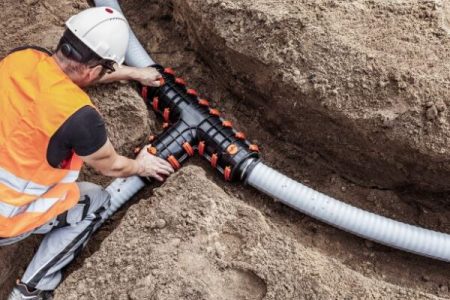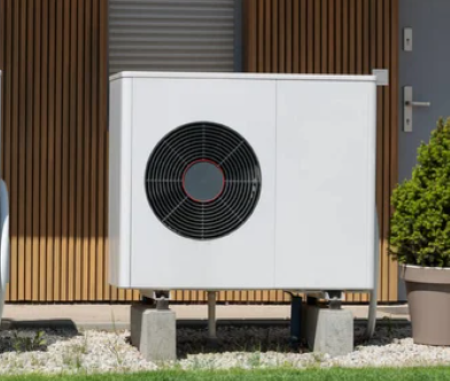With the UK’s uptake of district heating technology continuing to grow, REHAU, the pipework supplier, has been engaging with contractors and specifiers and found questions still remain on material choice.
According to the Association for Decentralised Energy, there are 17,000 heat networks in the UK supplying half a million customers – a huge increase on 2013, when there were only 2,000 networks and 211,000 users. With the technology becoming increasingly popular, building services solutions provider REHAU has published a new whitepaper exploring key considerations around heat networks, titled Trends in District Heating Pipework.
The company’s conversations with contractors, ESCOs and specifiers has identified misconceptions around the use of polymer systems, which have become more prominent in recent years. With questions often arising around topics from specialist welding, thermal expansion, mechanical fittings and the material’s suitability to larger networks, through to heat loss, flow temperatures and leak detection capabilities, clarification was key, says Steve Richmond, Head of Marketing and Technical at REHAU Building Solutions UK.
“Polymer may be growing in popularity but there are still some misconceptions around its use in district heating schemes,” he explains. “For example, while welding is often associated with heat networks, they are not required on PE-Xa based systems, which instead use compression sleeves.
“Similarly, it is still commonly believed that single pipes experience lower heat losses than twin pipes, and that polymer is only suitable for projects at 70°C flow temperature and lower, but these are misconceptions too. This is in part why we have published this latest whitepaper – as district heating becomes increasingly popular, specifiers and contractors must be able to make informed choices over topics such as material choice.”
The drive towards sustainable heating, spurred on by net zero targets, has in turn increased demand for lower-temperature fourth and fifth-generation district heating systems. With newer heat sources such as heat pumps and waste heat requiring lower flow temperatures and housing developers are looking how to move away from gas boilers from 2025, polymer pipes with their long coils and high flexibility are ideal for these developments, says Steve.
“District heating is becoming increasingly common across the built environment, and recent government funding announcements demonstrate how this technology will be key to the UK’s low-carbon economy,” explains Steve. “Yet to ensure successful wide-scale adoption, good design, installation and commissioning knowledge is also required, including over material use.
“Consequently, we would advise contractors, ESCOs and specifiers work closely with partners to ensure these schemes are as efficient as possible using the latest guidance such as CIBSE CP1.2. Our whitepaper is a key example of this approach in action, as guidance, collaboration and access to informative resources will help industry realise the full potential of district heating.”
To read more news and exclusive features see our latest issue here
Never miss a story… Follow us on:
![]() Showhome
Showhome
![]() @Your_Show_Home
@Your_Show_Home
![]() @Showhomemag
@Showhomemag
Media Contact
Anna Wood
Editor, Showhome
Tel: +44 (0) 1622 823 922
Email: editor@yourshow-home.com






